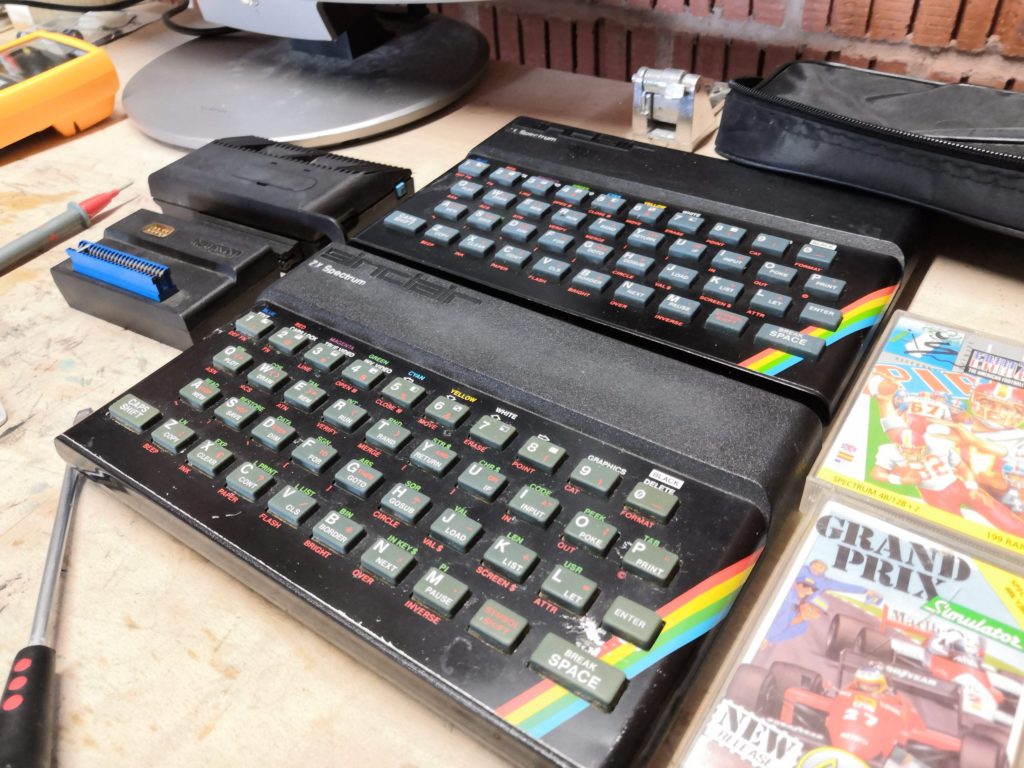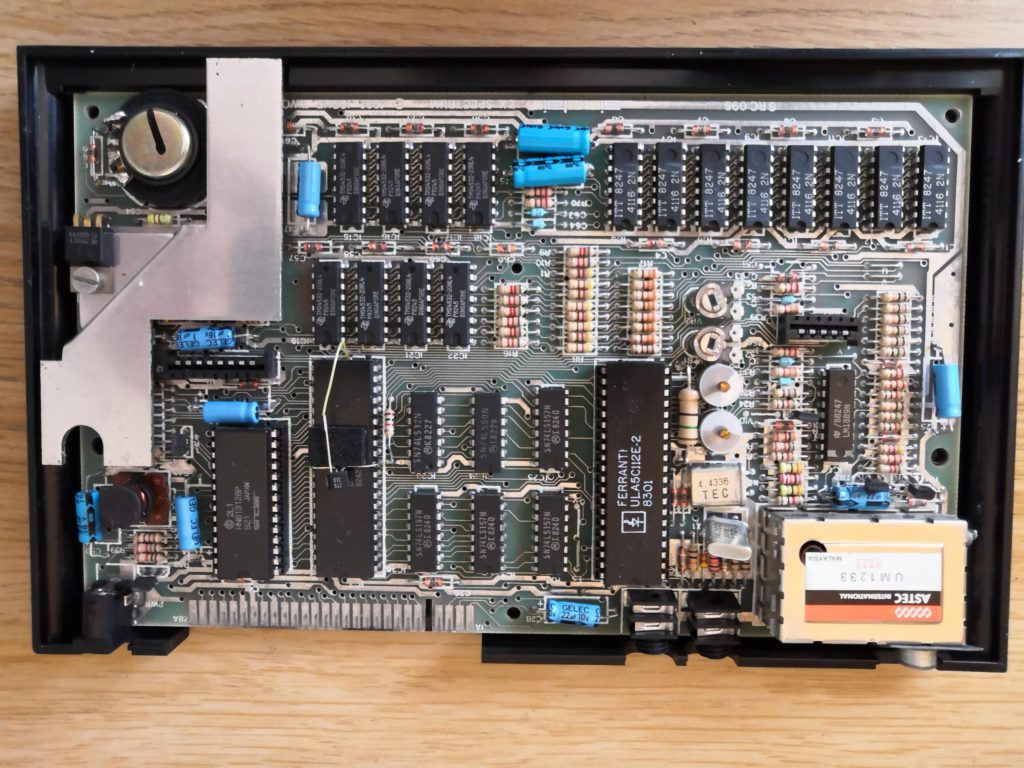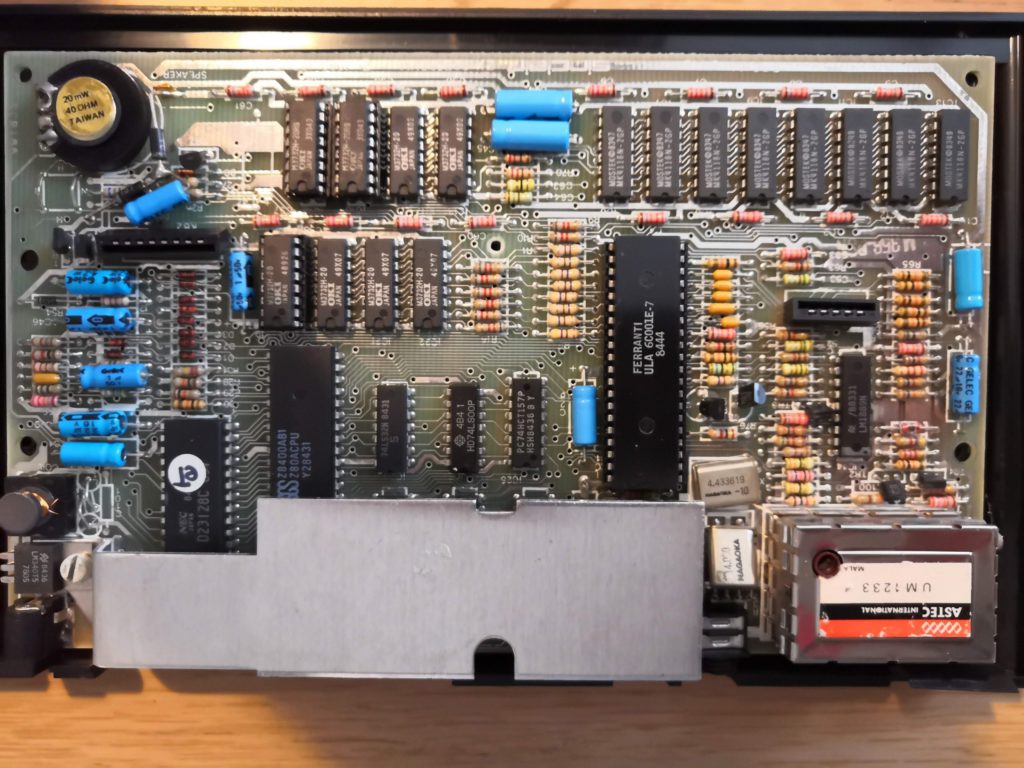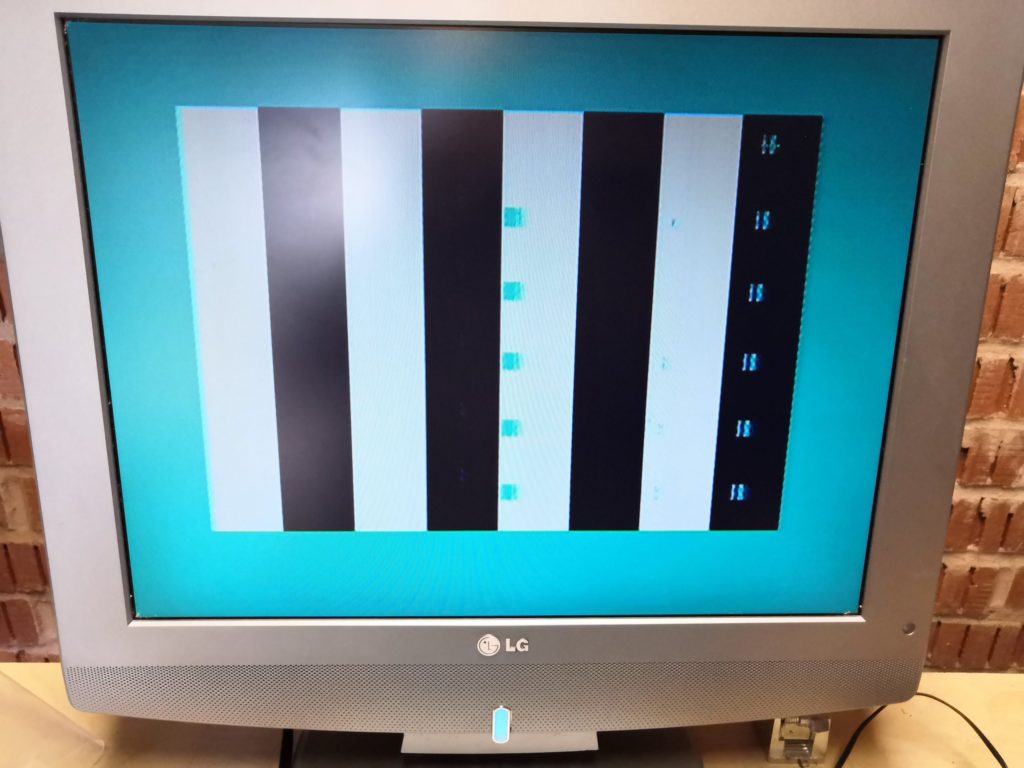Over the last couple of months, I have been watching YouTube channels of people fixing various retro computers, mainly Commodore 64’s, BBC B’s, and ZX Spectrums. Like many others, my computing career started with the Spectrum, so armed with nostalgia, some self-taught electronics knowledge, and a soldering iron I decided to take up the challenge and bring a non-working Spectrum back to its full gaming prowess.
Where to start?
I didn’t want to buy a working Spectrum, where’s the fun in that? So I hit eBay looking for ‘untested’ or not working listings. There are lots listed, the problem became identifying the best of the bad ones and not paying over the top for what could become a costly project. I set myself a limit of £35 and started bidding. I lost out on quite a few from the usual last-minute automated bids but eventually won two.
In the post
The Spectrum’s arrived quickly with a random selection of interfaces and game tapes. The general condition of the units was ‘dirty’, but that was to be expected, with various scuffs and scratches on the keyboard face-plates. All of which can be sorted with cleaning and/or replacement parts from the various retro/hobbyist websites.

Now to see what state they were actually in. I had watched far too many hours of YouTubers diagnosing faults so I had a good idea where to start, visual inspection first then check the power rails for the correct voltages.
Opening them up
Starting with the visual inspection I opened them up to find an Issue 2 (1982) and Issue 4 (1984) vintage.


Electrically, both looked fairly ‘clean’, with only one noticeable fix; the Issue 4 board has had upper memory chips replaced at some point in the past.
Powering up
The Spectrum has a couple of peculiarities that it shares with some of the other computers of the same era. The power supply is provided by a centre negative power jack; this was the first thing to check, didn’t want to start by causing any more damage than was there to start. Multiple voltages – internally the Spectrum uses 5v, -5v, and 12v, if these are incorrect it can cause damage, especially to the lower DRAM chips.
Following a quick check with my multi-meter, the Issue 4 Spectrum was completely dead – 0 volts everywhere except the input source. The Issue 2 was more hopeful with all of the voltages looking OK – although the -5v was a little low, but within specs.
Optimistically plugging the Issue 2 into a TV, with an analog tuner, resulted in a fuzzy, but recognisable Spectrum border, but cyan not white, with black and white bars in the centre. I decided to make the standard composite upgrade before further diagnosing to make the job easier, and less fuzzy (shown below).

Next blog, diagnosing the issues and hopefully fixing.
